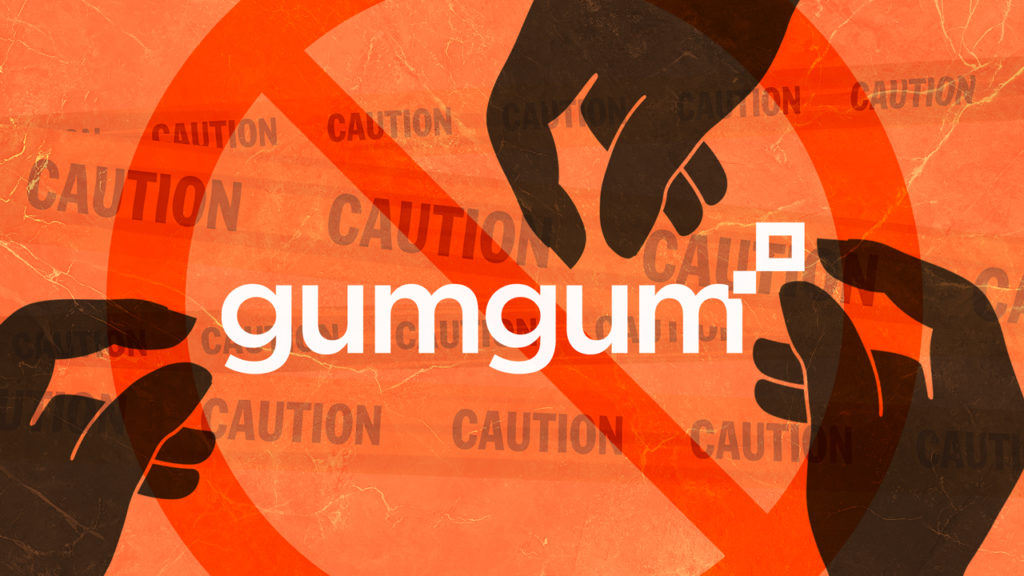In 2017, brand safety was a big issue among marketers. Brands like Verizon appeared next YouTube videos by groups like ISIS. At that time, around 90 percent of those surveyed by GumGum—an AI company with a focus in computer vision—felt the problem was severe. Now, in GumGum’s “Brand Safety Crisis: One Year Later” report, only 60 percent of marketers felt brand safety was a big problem when it came to their marketing efforts in 2018.
GumGum—along with Digiday—surveyed 274 industry professionals in brands, agencies, online publishing and technology providers between October and November of last year.
Many respondents were satisfied with the way platforms handled the issue. Some brands even took matters into their own hands and created their safety measures and hired people specifically for the task. However, the enemy has changed. In 2017, bad news was the most common type of threatening content respondents said they were exposed to. A year later, a competitors’ branding was the most brand-unsafe content.
Some brands got proactive and felt they needed to tackle the issue themselves. The report highlighted Bank of America and GroupM, a media investment group, as examples of such brands. “A lot of media clients we work with have someone who in their job description is to be the de facto brand safety officer,” explained Joe Barone, managing partner of brand safety for GroupM in the report. Barone added these specialists tend to “emerge from companies’ existing marketing teams.” Despite the effort, only 5 percent of the industry professionals surveyed feel these specialists have helped a lot. Around 63 percent believed they’d helped a little and 31 percent these specialists have been of moderate help.
In 2017, around 28 percent of respondents believed a competitor’s branding was the biggest issue. A year later, it became the most substantial dilemma—around 63 percent of marketers think its the most common brand-unsafe exposure. This concern isn’t new to the digital space though, competitor’s branding has always been a problem.
“It’s the same thing that exists in traditional television,” said Blake Sabatinelli, CEO of publisher Newsy in the report. “In other words, the fear of being grouped with a competitor is not exactly a new one for brands — in fact, it’s one of the oldest. But it’s never been a more pressing concern than it is now.”
Bad news lost its top spot and turned into the least worry. These findings show social platforms are doing a decent job in vetting bad news and marketers seem to agree. In the past 12 months, Facebook and Twitter were ranked as the highest in improving on brand safety. Approximately, 45 percent of respondents believe the latter is the most brand safe. Publisher platforms are worrisome to many marketers, about 45 percent of them feel these platforms are the most unsafe for brands. Further, 65 percent think the display ads on publisher sites are the most unsafe types. In response to these attitudes, around 55 percent of marketers have turned to direct relationships with publishers they trust to prevent these problems.
There are also new problems marketers will start to face, such as “deepfake” a form of visual content that uses AI to create genuine-looking fake videos. Some organizations, such as DARPA—the technological research division of the U.S. military—spent $68 million on “deepfake” detection tools. Also, platforms like Facebook and Google have been efficient in detecting and eliminating this type of content.
The solution to these brand threats? The report concludes it takes the correct technology. Image recognition tools and natural language context detection will be essential to alleviating these problems. However, the majority of marketers aren’t using these tools, but ones who are have seen “impressive results.”
“It’s absolutely true that we need to move beyond a semantic analysis of brand-safe content or even what’s starting to be called sentiment analysis,” added Barone.

